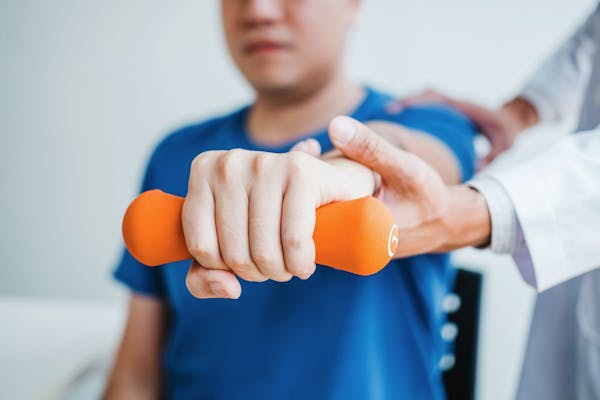Health Blog: Solutions & Wellness Tips
How injuries affect adolescent athletes' quality of life

It's estimated that more than 30 million children and adolescents (ages 5-22) participate in organized sports in the U.S., with about 12 million of those suffering sports-related injuries annually. Despite these facts, the amount of evidence on the short- and long-term effects of injury on young athletes' lives is lacking, and the medical community is beginning to take notice and increase research. Health-related quality of life (HRQOL) measures the effectiveness of treatment on injured athletes and takes into consideration not just physical components, but mental, social and emotional ones as well. Though it's an important measurement, HRQOL is poorly studied in athletes, a fact that spurred a study to further examine the complete role injuries have on adolescent athletes' lives.
The study group, which consisted of 160 uninjured and 45 injured high school athletes, was administered a health status questionnaire and two HRQOL measurement tests. The questionnaire addressed basic demographic facts and also asked if the subject had endured an injury in the past week, and if so to describe it. The Short Form-36 (SF-36) evaluated social and emotional complications that can be caused by injury, while the Pediatric Outcomes Data Collection Instrument (PODCI) focused on musculoskeletal conditions and self-perceived health status.
After compiling responses, it turned out the most common injuries were to the lower extremity and frequently caused by overuse. Taking a look at the bigger picture, however, revealed that recent injuries to adolescents affected areas beyond the physical component of health, and likely had a negative impact on other domains of HRQOL, including social functioning. Based off these findings, it's suggested that a more holistic approach be used for the care of injured adolescents that evaluates and treats overall wellbeing rather than mere physical progress. Low HRQOL scores can potentially lead to athletes dropping out of sports and future health-related complications. Therefore, by further developing the understanding of injury's impact on youths and treating the whole individual, the intent is that young athletes will return to sports and continue to be physically active. Physical therapy is one viable option that focuses on the overall wellbeing of patients in addition to their recovery from injury.
Reference: http://www.ncbi.nlm.nih.gov/pmc/articles/PMC2775361/



